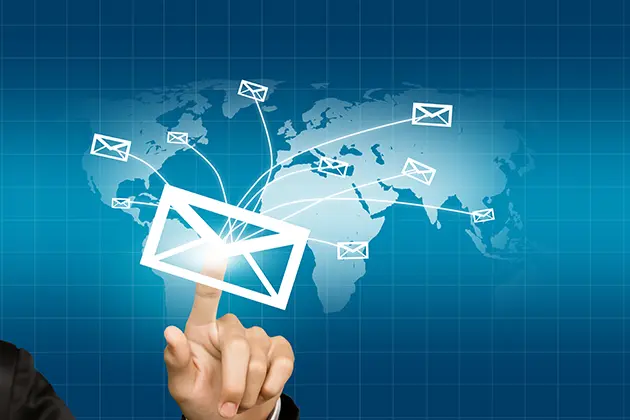Email marketing remains a powerful tool in the digital age. With millions of emails being sent every day, standing out and connecting with your audience can be challenging. That’s why email copywriting is essential in capturing attention, engaging readers, and driving conversions. In this guest post, we will explore the art of crafting compelling emails and share some expert tips to ensure your emails grab attention and achieve their desired goals.
The Power of Personalization:
Studies have consistently shown that personalized emails perform better than generic ones. Personalized emails make readers feel valued and understood, allowing for a deeper connection with your brand or message. By addressing recipients by their name or tailoring content based on their preferences or previous interactions, crafting engaging emails that convert is easier and more manageable..
Catchy Subject Lines:
Your subject line is like a headline for your email—it entices readers to open it. Crafting an attention-grabbing subject line is crucial to ensuring your email doesn’t get ignored in crowded inboxes. One effective approach is playing with curiosity by using intriguing statements or posing questions that make the reader want to learn more.
Compelling Opening Statements:
Once the recipient opens your email, you need to hook them right away. A strong opening statement creates intrigue and compels them to continue reading. This could be an interesting fact, a thought-provoking statement, or even a personalized note specific to each recipient’s situation or interests. The key is to make them feel like they shouldn’t click away just yet.
Engaging Body Content:
Craft compelling body content that delivers value while maintaining brevity to keep readers engaged throughout the entire email. Keep paragraphs short and use bullet points or numbered lists to break up text into easy-to-digest chunks. Highlight key information or benefits to grab attention quickly and avoid overwhelming readers with excessive text.
Writing Style:
When writing email copy, it is essential to adopt a conversational tone. Emails should read like friendly messages from someone your recipient trusts rather than promotional pitches. Avoid jargon or technical terms that may confuse or alienate readers. Instead, use accessible language that is inclusive and relatable.
Effective Call to Action:
The ultimate goal of an email is to drive action, whether it’s making a purchase, signing up for an event, or sharing content. Clearly communicate the desired action to your readers using a strong call-to-action (CTA). Clear the benefits of taking that action and highlight any deadlines or limited availability. Use active verbs that inspire action and create a sense of urgency.
Mobile Optimization:
With mobile devices being the primary tool for reading emails, ensuring mobile optimization is critical. Your emails should have user-friendly formatting, easy-to-click buttons, and a responsive design that adapts seamlessly to different screen sizes. Preview your emails across various devices before sending them out to ensure an optimal viewing experience for all recipients.
Subject Line Testing:
Testing different subject lines can greatly influence the open rate of your emails. A/B testing allows you to experiment with two versions of subject lines to see which one performs better – reach opens more effectively. Try testing different variations of length, personalization techniques, and wording until you find what resonates best with your audience.
Segmentation for Targeted Emails:
One size rarely fits all when it comes to email marketing. Segmenting your mailing list based on specific characteristics or behaviors allows you to send targeted emails relevant to each group’s needs and interests. Whether it’s based on demographics, purchase history, or engagement level with previous campaigns, segmentation enables personalized messaging tailored directly toward particular recipient groups.
Conclusion:
Writing compelling emails requires both artistry and strategy. You can increase open rates and drive conversion by personalizing messages, crafting catchy subject lines, and opening statements while maintaining engaging body content with conversational language. Remember to include effective CTAs, optimize emails for mobile, test subject lines, and utilize segmentation. By applying the techniques shared in this post, you can refine your email copywriting skills and create emails that truly resonate with your audience.










